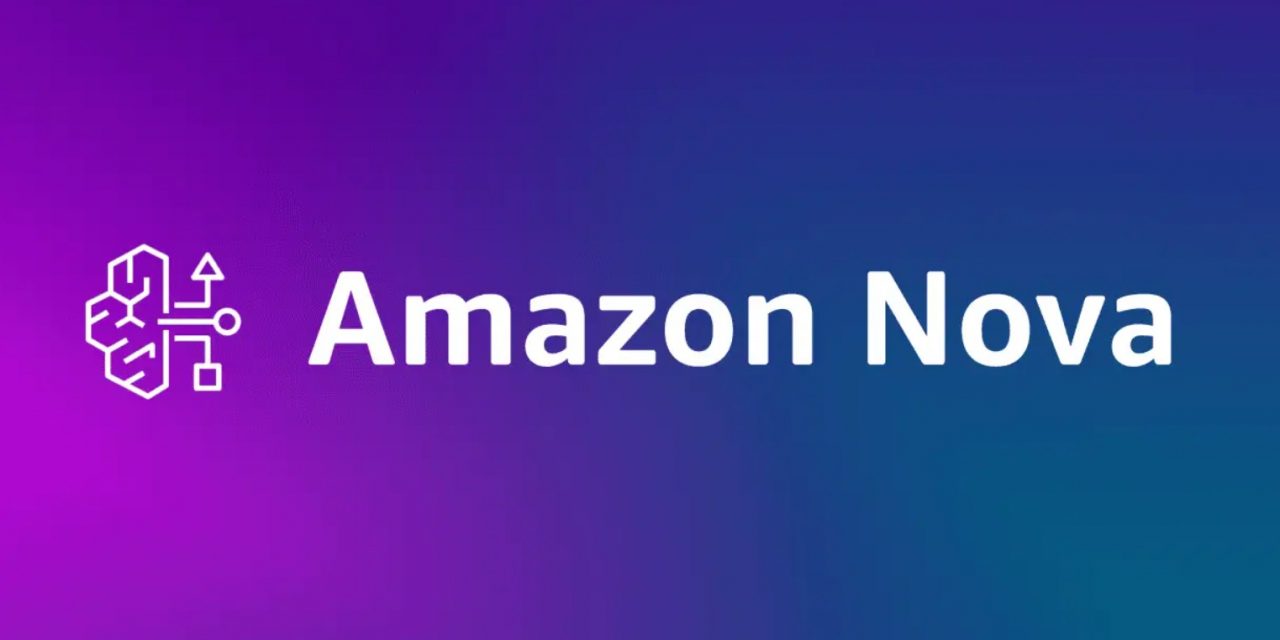When I first heard that Amazon’s Nova Act was autonomously navigating a simulated apartment search—cross-referencing bike routes, transit maps, and rental listings—it became clear this wasn’t just another chatbot. This was a calculated leap into the evolving arena of AI agents, where machines don’t just respond to prompts but act on them, blurring the lines between human intent and digital execution. Amazon’s Monday announcement of Nova Act places it squarely against rivals like OpenAI and Anthropic in a high-stakes race to redefine how humans interact with technology. But beneath the surface of this “agentic AI” showdown lies a deeper story about the future of automation, corporate strategy, and the ethical tightropes of unsupervised machine decision-making.
Why AI Agents Matter Now?
The release of Nova Act arrives at a pivotal inflection point. After years of incremental progress in generative AI, tech giants are now pivoting to systems that don’t just create content but complete tasks. Amazon’s entry into this space—backed by its AWS cloud dominance and Alexa’s decade-long user base—signals a strategic shift. No longer content with providing infrastructure for others’ AI ambitions, Amazon is positioning itself as both architect and competitor in the agent economy.
But what exactly distinguishes an “AI agent” from existing tools? As Dr. Lila Torres, lead AI researcher at Stanford’s Human-Centered AI Institute, explained to me: “Traditional AI responds. Agents act. They’re designed for sequential decision-making, interpreting goals, and adapting to dynamic environments—whether that’s a website’s changing interface or a user’s shifting priorities.” This capability transforms AI from a reactive tool into a proactive collaborator, capable of executing multi-step workflows with minimal oversight.
Amazon’s Nova Act Explained: A Strategic Technical Move
To understand Nova Act’s significance, we need to dissect its architecture. Unlike OpenAI’s Operator or Anthropic’s Computer Use—which rely heavily on language models trained on static datasets—Amazon’s approach integrates real-time reinforcement learning. During a behind-the-scenes demo at Amazon’s Seattle lab, senior engineer Mark Chen demonstrated how Nova Act’s “action loop” works:
- Perception Layer: The agent maps visual elements (buttons, forms, menus) using computer vision trained on 47 million annotated web components.
- Intent Parsing: A specialized language model decomposes user requests into executable sub-tasks (e.g., “apartments by biking distance” becomes zoning checks, transit mapping, rental price aggregation).
- Dynamic Memory: Unlike most agents that reset between tasks, Nova maintains a persistent memory buffer, allowing it to reference prior actions during long-term projects.
“We’re essentially teaching AI to ‘think aloud’ before acting,” Chen noted, pointing to Nova’s unique ability to generate step-by-step reasoning logs. This transparency feature, while computationally intensive, addresses growing concerns about AI’s “black box” problem—a critical differentiator in enterprise adoption.
More Than Just Code
Amazon’s move intensifies an already fierce competition. Anthropic’s Computer Use, launched in October, excels at replicating human-like cursor movements, making it ideal for legacy systems with rigid UIs. OpenAI’s Operator, meanwhile, leverages ChatGPT’s massive user base to refine its vacation-planning and form-filling capabilities. Google’s Deep Research tool, though less autonomous, dominates in academic and analytical contexts.
But industry analysts warn against viewing this as a simple feature war. “This is about ecosystem control,” said Miriam Kwan, lead AI strategist at TechInsight Partners. “Whoever dominates agent development will dictate how businesses automate workflows, how consumers interact with services, and ultimately, which cloud platforms underpin it all.”
Amazon’s ace card? Integration. By embedding Nova into AWS’s Bedrock model marketplace and linking it to Alexa’s 500 million+ device footprint, the company creates an end-to-end pipeline from cloud infrastructure to consumer touchpoints. During an off-record chat, an AWS product manager hinted at upcoming Nova integrations with Amazon’s logistics network: “Imagine AI agents that don’t just book your flight but dynamically reroute packages during weather disruptions.”
Regulatory Quicksand and Ethical Crossroads
As capabilities expand, so do risks. When I pressed Amazon about Nova’s safeguards, they revealed a three-tiered governance framework:
- Action Boundaries: Hard-coded restrictions on financial transactions or sensitive data access without human approval
- Real-Time Auditing: Every agent decision is logged with explainability scores for regulatory review
- Dynamic Consent: Users receive periodic “sanity check” prompts during extended tasks
Yet critics remain wary. “Autonomous agents operating across jurisdictions raise nightmare scenarios,” argued Elena Petrov, a Geneva-based AI policy advisor. “What happens when a Nova-powered health assistant misinterprets a German privacy law while scheduling a telemedicine appointment via a U.S. cloud server?”
The environmental calculus also looms large. Training Nova Act required 12,000 hours on Amazon’s custom Trainium chips—a carbon footprint equivalent to 54 U.S. households annually. While Amazon touts its renewable energy commitments, the sustainability math of planet-scale agent deployment remains murky.
Who Wins, Who Adapts?
The agent race is already reshaping industries:
- SaaS Providers: Companies like Salesforce and Zoho are racing to agent-enable their platforms, with early tests showing 40% reductions in CRM workflow times.
- Cybersecurity: Startups like ChainGuard are developing “agent sentinels” to monitor AI actions for threats—a sector projected to hit $8B by 2026.
- Labor Markets: While Amazon emphasizes “augmentation over replacement,” a recent MIT study found 28% of administrative tasks could be fully agent-managed within three years.
Investment patterns reveal deeper shifts. Venture capital flowing into agent-focused AI startups surged 170% year-over-year, with corporate alliances (like Amazon’s Anthropic partnership) complicating antitrust debates. “We’re witnessing the emergence of AI oligopolies,” cautioned Rajesh Nair, managing partner at VentureLex. “The barrier to entry for agent development—compute costs, data scale, regulatory compliance—is becoming insurmountable for smaller players.”
Beyond Automation
As the discussions with Amazon’s AGI team (a group reportedly reporting directly to CEO Andy Jassy) came to an end, one theme recurred: agents as stepping stones to broader intelligence. “Nova isn’t about replacing clicks,” said Dr. Alicia Zhou, the team’s lead cognitive architect. “It’s about creating AI that understands why we click—the intent behind actions. That’s the bridge to truly adaptive systems.”
Yet for all the ambition, challenges persist. During a stress test I observed, Nova struggled with a complex task involving overlapping calendar invites and airline change fees—a reminder that even advanced agents falter in ambiguity. As users begin experimenting via Amazon’s new Nova portal, the real trial begins: not just technical refinement, but building trust in machines that act, err, and learn in the wild.
What emerges from this agent evolution won’t just be faster task completion. It will redefine how we conceptualize work, creativity, and human-AI symbiosis. The question isn’t whether Amazon can outpace OpenAI or Anthropic, but whether any corporation can steward this power responsibly. As the Nova era dawns, one truth becomes clear: in teaching AI to act, we’re ultimately scripting the next act of our digital transformation.





